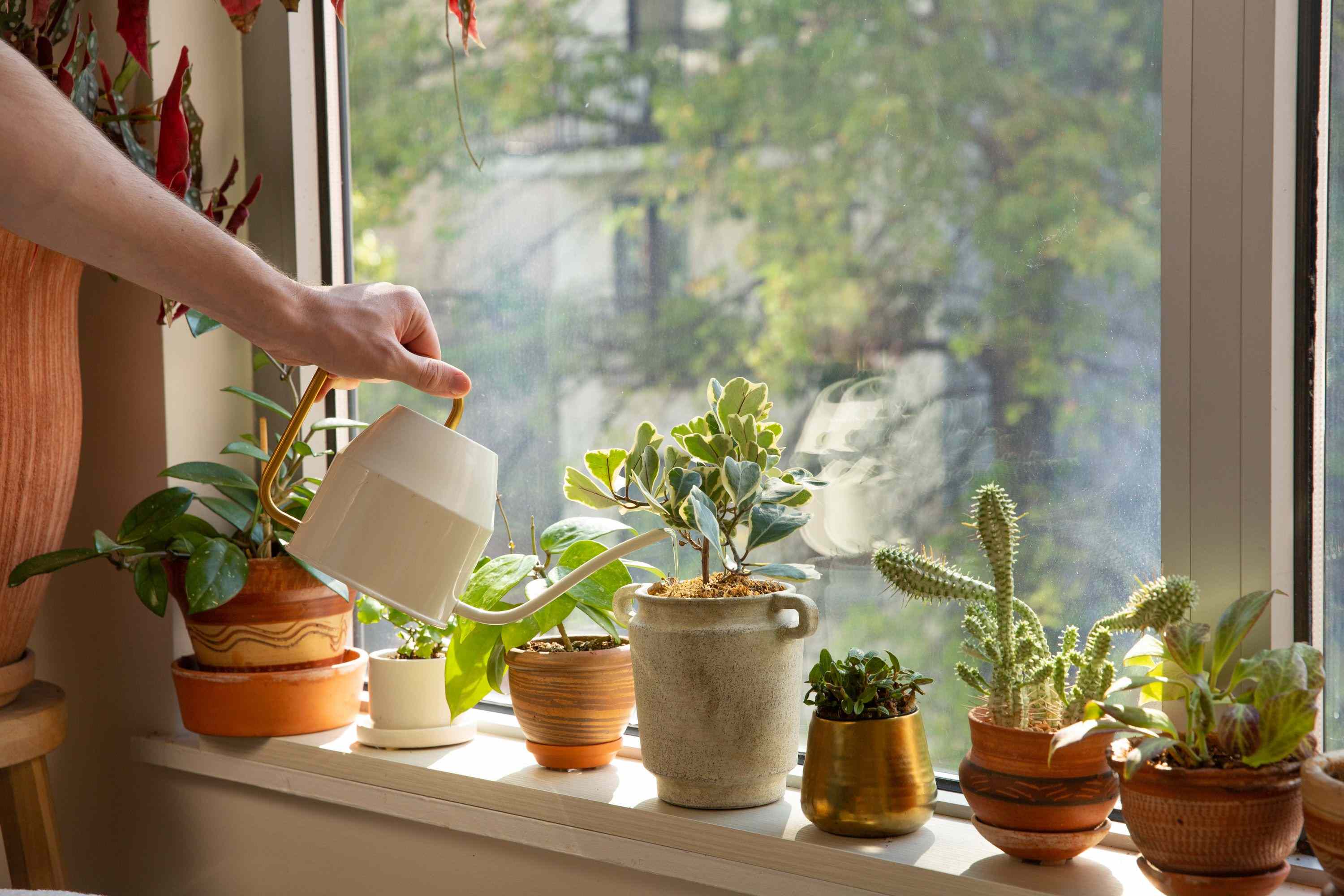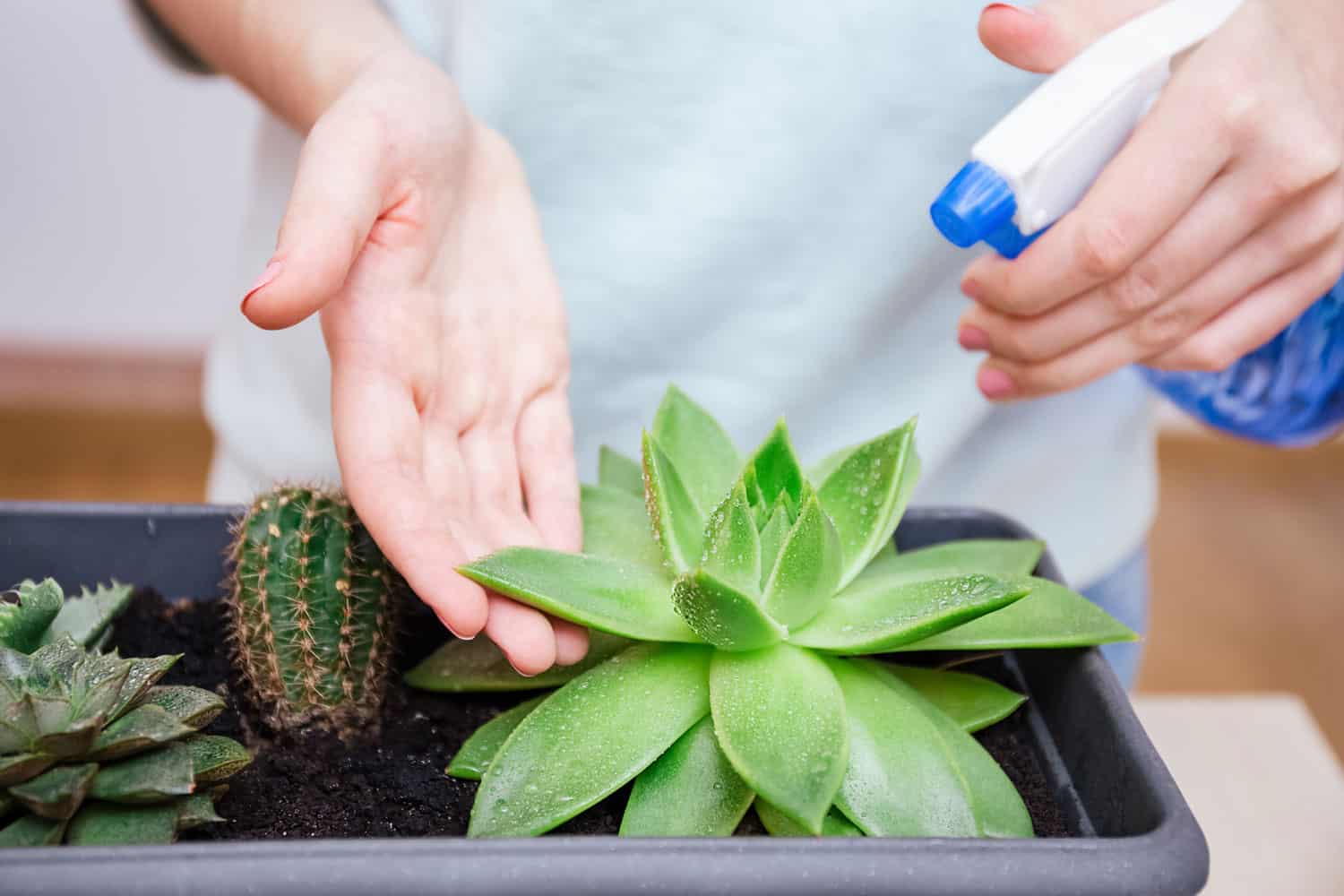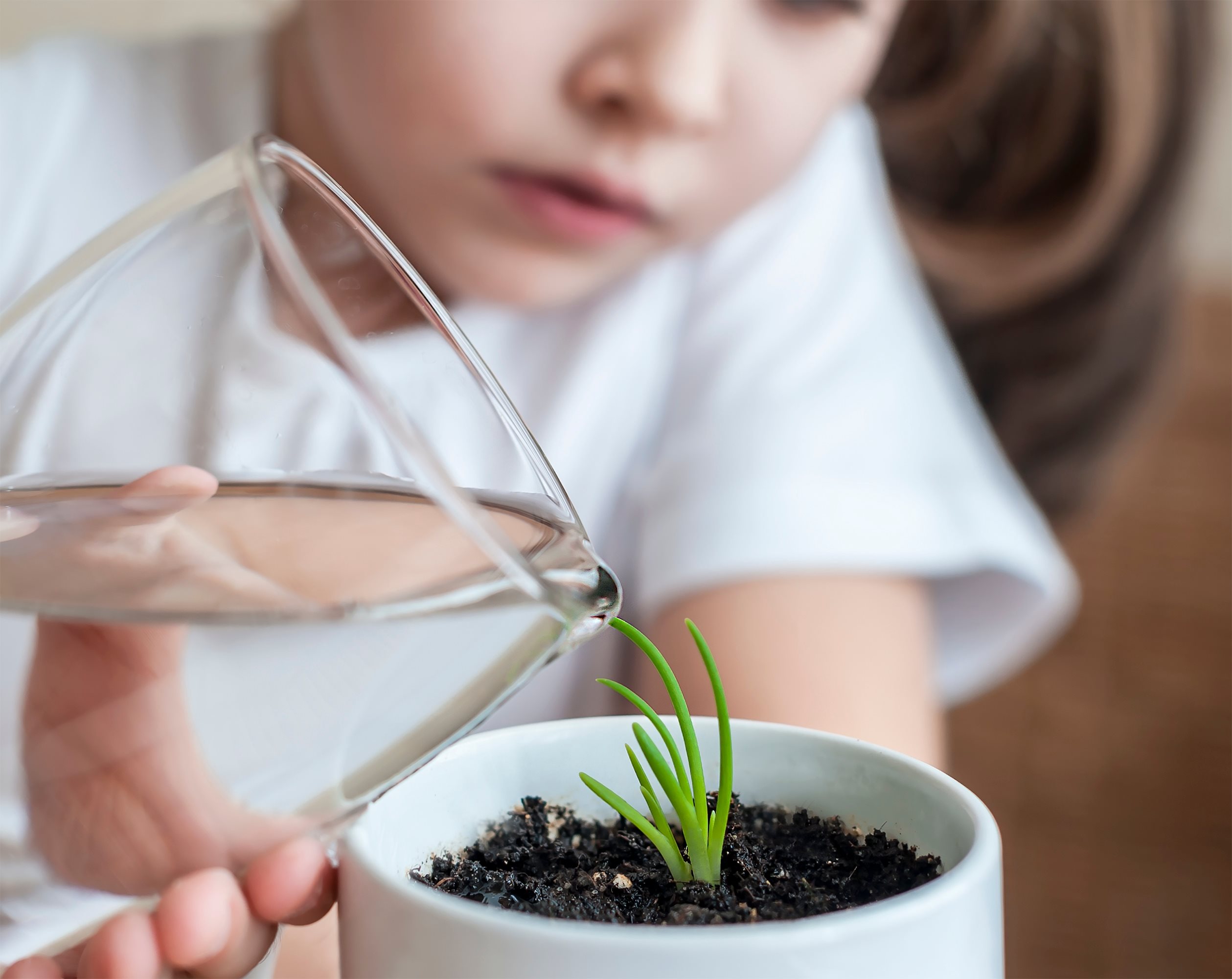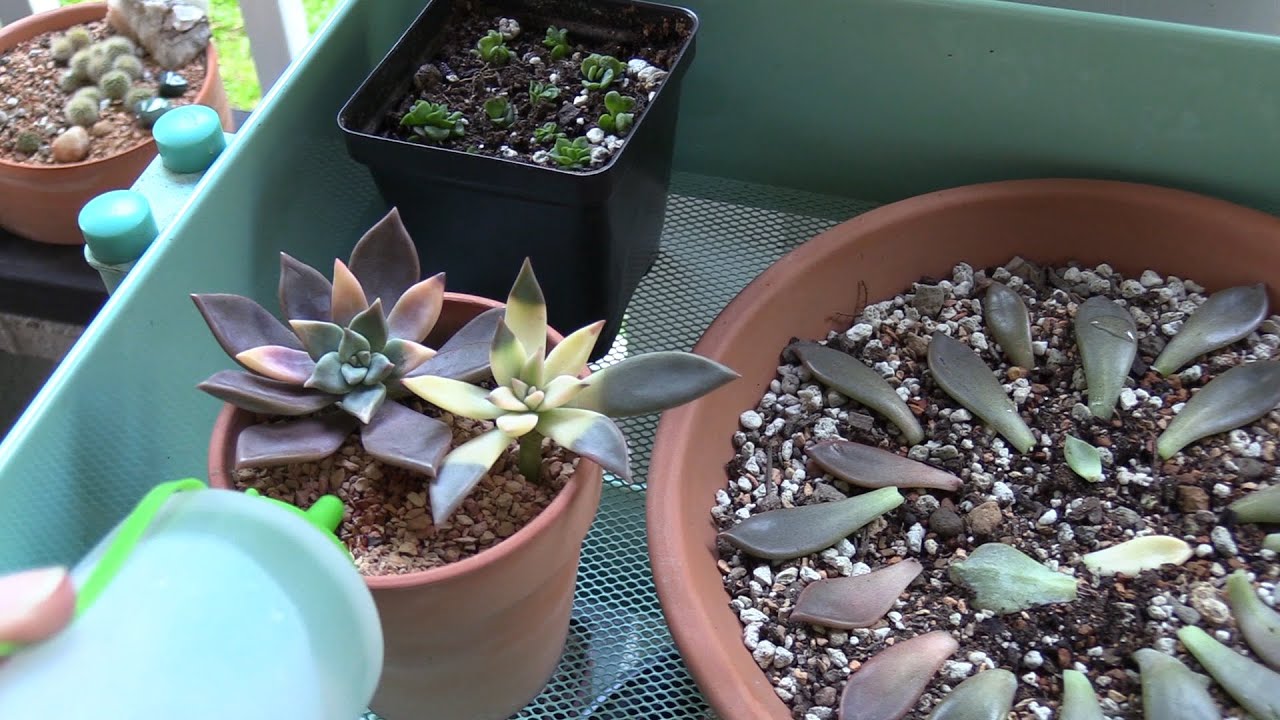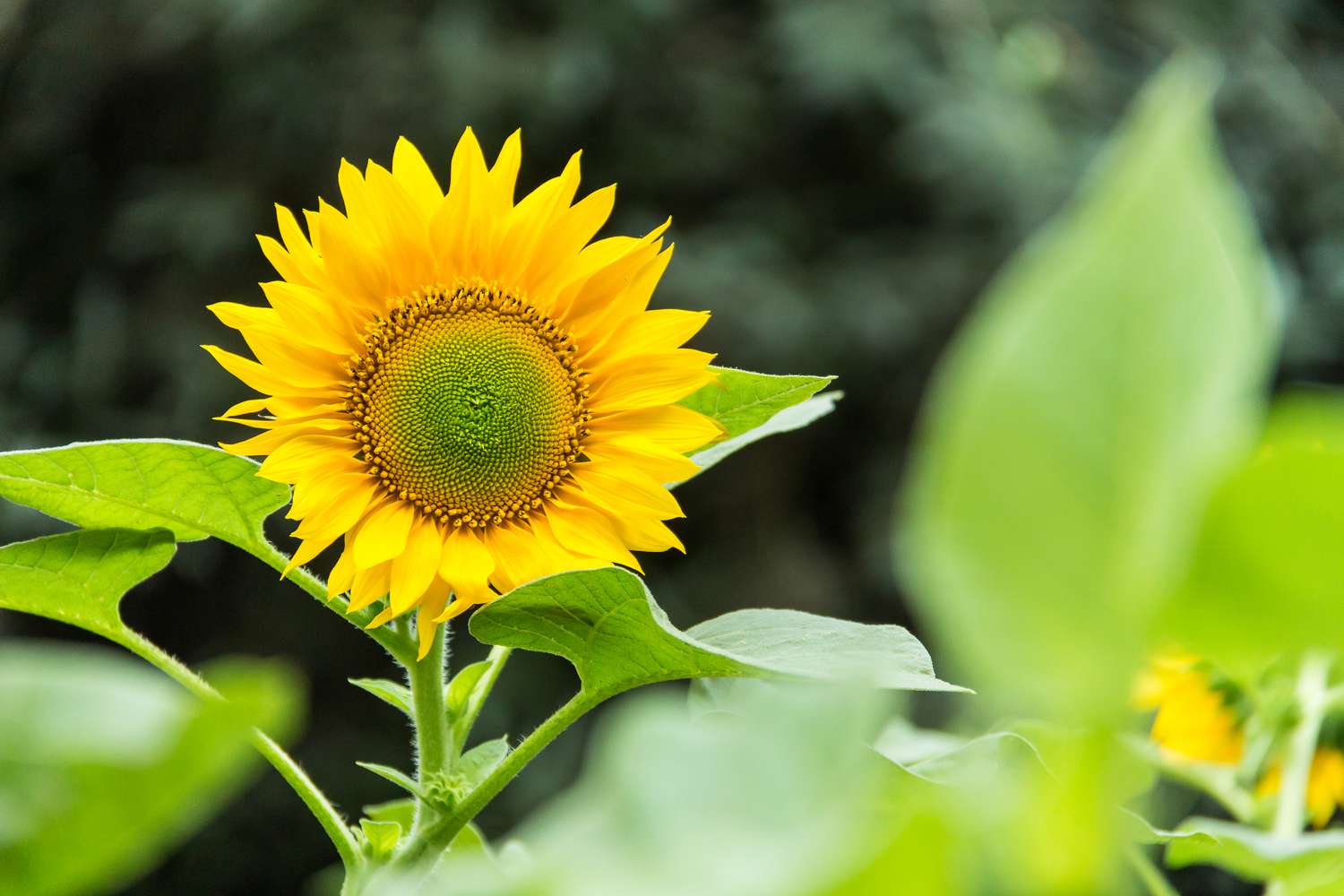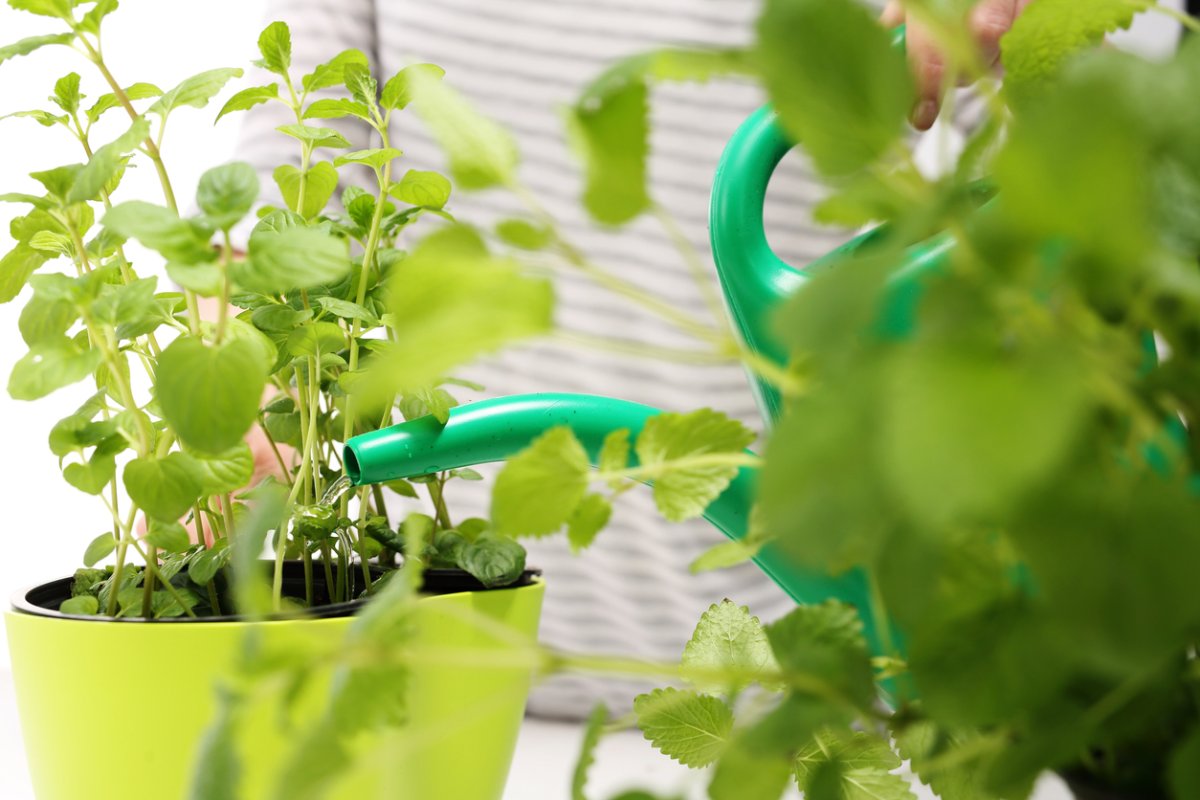Home>Gardening Techniques>How Often Should You Water Plants In A Greenhouse
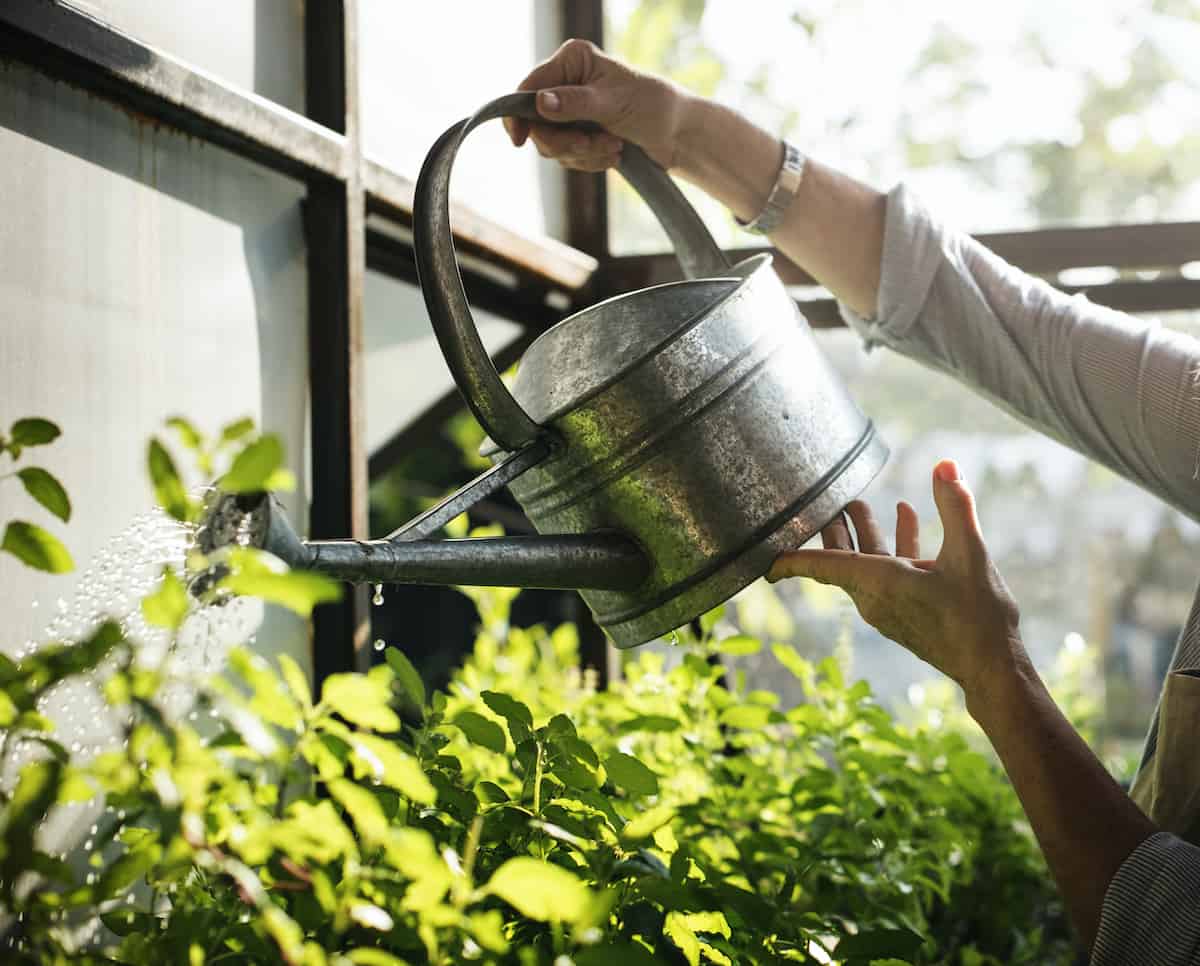

Gardening Techniques
How Often Should You Water Plants In A Greenhouse
Modified: January 22, 2024
Discover the best plant care practices for watering plants in a greenhouse. Find out how often you should water your greenhouse plants to ensure optimal growth and health.
(Many of the links in this article redirect to a specific reviewed product. Your purchase of these products through affiliate links helps to generate commission for Chicagolandgardening.com, at no extra cost. Learn more)
Table of Contents
Introduction
Welcome to the world of greenhouse gardening! Whether you’re a seasoned plant enthusiast or just starting your journey as a green thumb, understanding how often to water your plants is essential for their health and vitality. In a greenhouse environment, maintaining proper watering frequency is even more important due to factors such as controlled humidity and temperature.
Greenhouses provide an ideal setting for plants to thrive, with their protected environment and controlled conditions. However, this also means that water availability can be different compared to plants growing in outdoor gardens. The unique conditions in a greenhouse, such as increased humidity and reduced exposure to natural precipitation, require careful consideration when it comes to watering your plants.
In this article, we will delve into the factors that affect watering frequency in a greenhouse, guide you in understanding your plants’ watering needs, introduce techniques for watering greenhouse plants, and provide tips for monitoring and adjusting your watering schedule. By the end, you’ll have the knowledge and confidence to keep your greenhouse plants healthy and hydrated.
Factors Affecting Watering Frequency
Several factors can influence how often you should water your plants in a greenhouse. Understanding these factors will help you fine-tune your watering schedule and ensure that your plants receive the right amount of moisture:
- Plant Type: Different plants have varying water requirements. Some plants, like succulents, have adapted to survive in arid conditions and require less frequent watering. On the other hand, plants with larger leaves or those that are actively growing will generally need more water.
- Stage of Growth: The growth stage of your plants can affect their water needs. Seedlings and young plants often require more frequent watering to establish their root systems, while mature plants may require less frequent watering once their roots have developed.
- Seasonal Changes: Environmental conditions fluctuate throughout the year, and these changes can impact watering frequency. During the hot summer months, plants may need more water to combat evaporation and higher temperatures. Conversely, in cooler seasons, plants may require less frequent watering.
- Greenhouse Environment: The unique environment of a greenhouse can affect watering needs. Factors like humidity levels, temperature, and ventilation can impact how quickly the soil dries out. Additionally, the type of greenhouse you have, whether it’s glass or plastic, can influence water retention and evaporation rates.
- Soil Type: The type of soil used in your greenhouse plays a crucial role in determining watering frequency. Well-draining soil allows excess water to flow out, preventing root rot. In contrast, heavy soils with poor drainage can trap water, leading to overwatering.
- Container Size: The size of the containers or pots you use for your plants affects their water-holding capacity. Smaller pots dry out more quickly, requiring more frequent watering, while larger containers can retain moisture for longer periods.
By considering these factors, you can adapt your watering routine to meet the specific needs of your plants. It’s important to assess each plant individually and observe how it responds to its environment, allowing you to adjust your watering schedule accordingly.
Understanding Plant Watering Needs
Properly understanding your plants’ watering needs is crucial for maintaining their health and preventing issues such as root rot or dehydration. To determine how often to water your plants in a greenhouse, consider the following guidelines:
- Plant-Specific Requirements: Different plant species have varying water needs. Research the specific watering recommendations for each type of plant you have in your greenhouse. Factors like natural habitat and growth habits can provide insights into their water requirements.
- Root Depth: Understanding the depth of your plants’ root systems is essential for effective watering. Some plants have shallow roots, while others develop extensive root networks. Watering directly at the root zone ensures that water reaches the plant’s vital root system.
- Finger Test: One simple way to assess soil moisture levels is the finger test. Insert your finger into the soil up to the knuckle. If the soil feels dry at that depth, it’s time to water. If it’s still moist, wait a little longer before watering.
- Leaf Wilting: Monitoring the leaves of your plants can provide valuable insights into their hydration status. If the leaves are wilted or drooping, it may indicate that the plant needs water. However, it’s worth noting that some plants naturally have droopy leaves, so be familiar with your plant’s normal appearance.
- Weight of the Container: Lift the pots or containers to determine their weight. If they feel significantly lighter than when they were freshly watered, it’s a sign that the plants need watering. Heavier pots indicate that the soil still retains enough moisture.
Remember that under-watering is generally preferable to overwatering. Most plants are more tolerant of slight drought conditions than excessive moisture. It’s better to err on the side of caution and allow the soil to dry out slightly between watering sessions, especially for plants that prefer drier conditions.
Observing and understanding your plants’ individual needs will help you establish a watering routine that keeps them healthy and thriving. Pay attention to any signs of stress or water-related issues, and make adjustments to your watering schedule as needed. Regularly assessing your plants and their environment will ensure that you provide the optimal amount of water for their specific needs.
Assessing Soil Moisture Levels
Proper assessment of soil moisture levels is essential for determining when to water your plants in a greenhouse. Overwatering can lead to root rot and other issues, while underwatering can cause stunted growth and wilting. Here are several methods to assess soil moisture levels:
- Finger Test: As mentioned earlier, the finger test is a simple and effective way to check soil moisture. Insert your finger into the soil up to the knuckle. If the soil feels dry at that depth, it’s time to water. If it’s still moist, hold off on watering.
- Visual Inspection: Take a close look at the soil’s appearance. Dry soil often appears lighter in color, while moist soil is darker. Additionally, if the soil is cracking or pulling away from the edges of the container, it’s a sign that it’s too dry and requires watering.
- Moisture Meters: Moisture meters are handy tools that measure the moisture content of the soil. They provide accurate readings, allowing you to assess the moisture levels at different depths. Insert the probe into the soil, and the meter will display the moisture percentage.
- Container Weight: Lift the pots or containers to assess their weight. If they feel considerably lighter than when they were watered, it’s an indication that the plants need watering. Heavier pots, on the other hand, suggest that the soil still retains sufficient moisture.
- Drainage Tray: In some greenhouses, plants are placed on trays designed to collect excess water. By observing the amount of water collected in the drainage tray, you can gauge how quickly the soil is drying out. If the tray remains wet for an extended period, it suggests that the soil is retaining too much moisture.
It’s important to note that different plants have varying moisture requirements. Some prefer consistently moist soil, while others prefer the soil to dry out slightly between watering. Understanding the specific needs of your plants will help you interpret the results of your moisture assessments accurately.
By using a combination of these methods, you can confidently determine the moisture levels of your greenhouse plants‘ soil. Regularly monitor the soil moisture to maintain a balanced watering routine and ensure the optimal growth and health of your plants.
Watering Techniques for Greenhouse Plants
When it comes to watering your greenhouse plants, using the right techniques is just as important as timing and frequency. Applying water in the correct manner ensures that the roots absorb moisture effectively and minimizes the risk of overwatering. Here are some helpful techniques to consider:
- Water at the Root Zone: Direct the water to the base of the plants, where the roots are located. This allows the roots to absorb water efficiently and reduces the likelihood of water splashing on the foliage, which can invite diseases.
- Drip Irrigation: Drip irrigation systems are an excellent choice for greenhouse plants. They provide a slow and steady water supply directly to the root zone, minimizing water waste and improving even distribution. This method also helps to prevent leaf wetness, which can reduce the risk of fungal diseases.
- Soaker Hoses: Soaker hoses are another effective option for greenhouse watering. They are porous hoses that allow water to seep through along their entire length. Place the soaker hoses near the base of the plants and allow them to slowly release water into the soil, ensuring thorough and efficient watering.
- Watering Cans or Watering Wands: For smaller container plants or areas that are difficult to reach with irrigation systems, watering cans or watering wands can be used. Ensure a gentle and consistent water flow, aiming for the base of the plants to avoid splashing and promote direct absorption.
- Mulching: Applying a layer of organic mulch, such as straw or wood chips, around the base of your plants can help conserve moisture. Mulch acts as a barrier, reducing evaporation and keeping the soil moist for a more extended period. It also helps to prevent weed growth, which could compete for water and nutrients.
It’s important to note that each plant may have specific watering preferences, so adjust your techniques accordingly. Monitor your plants’ response to different watering methods and make any necessary adjustments to ensure optimal growth.
Remember, consistency is key. Stick to a regular watering schedule and avoid sudden changes in watering frequency, as this can cause stress to your plants. By adopting appropriate watering techniques, you can help your greenhouse plants thrive and ensure their overall health and vitality.
Monitoring and Adjusting Watering Schedule
Monitoring and adjusting your watering schedule is crucial for maintaining the health of your greenhouse plants. Environmental conditions, plant growth stages, and individual plant needs can change over time, necessitating adjustments to the frequency and amount of water your plants receive. Here are some tips for effectively monitoring and adjusting your watering schedule:
- Keep a Garden Journal: Maintain a record of your watering practices and observations. Note the watering frequency, amount of water used, and any observations regarding plant response. This will help you identify patterns and make informed adjustments to your watering routine.
- Observe Plant Response: Pay close attention to how your plants respond to their current watering schedule. Signs of overwatering include yellowing leaves, wilting despite moist soil, and a foul odor. Underwatered plants may have dry, crisp leaves and show signs of wilting or stunted growth. Adjust your watering accordingly based on these observations.
- Check Soil Moisture Regularly: Continuously assess soil moisture levels using the methods mentioned earlier. This will help you determine if the interval between watering sessions needs to be adjusted. Remember, each plant may have different moisture requirements, so consider this when making changes.
- Consider Environmental Changes: Changes in temperature, humidity, or airflow in your greenhouse can influence how quickly soil dries out. Adapt your watering schedule accordingly to meet the changing needs of your plants. For example, in warmer weather, you may need to increase the frequency of watering.
- Utilize Technology: If you prefer a more precise approach, consider using moisture sensors or smart irrigation systems. These tools monitor soil moisture levels and automatically adjust watering based on predefined settings. They can offer convenience and ensure optimal watering without the guesswork.
Remember, it’s better to slightly underwater than overwater your plants. Most plants are more tolerant of drought conditions than excess moisture. However, be mindful not to let your plants become too dry as well, as prolonged drought can stress and damage them.
Regularly reassess and adjust your watering schedule based on the needs of your greenhouse plants. By closely monitoring your plants’ response and considering environmental factors, you can ensure they receive the right amount of water for optimal growth and health.
Signs of Overwatering and Underwatering
Properly identifying signs of overwatering and underwatering is essential for maintaining the health of your greenhouse plants. Both conditions can lead to significant issues and hinder their growth. Here are some common signs to watch out for:
Signs of Overwatering:
- Yellowing leaves, especially at the bottom of the plant
- Wilting, despite the soil being consistently moist
- Mold or fungus growth on the soil surface
- Soft, mushy roots or a foul odor
- Stunted growth or lack of new growth
- Leaf drop or leaf curling
Overwatering can lead to root rot and a lack of oxygen in the soil, inhibiting the plant’s ability to uptake nutrients and causing long-term damage if not addressed promptly. If you notice any of these signs, adjust your watering schedule and allow the soil to dry out before watering again.
Signs of Underwatering:
- Wilting, even when the soil is dry
- Dry, crisp leaves that may develop brown edges or spots
- Stunted growth or lack of new growth
- Yellowing or browning of leaves, starting from the tips
- Leaf drop, particularly in older or lower leaves
Underwatering can cause plants to become stressed and may result in poor nutrient uptake. If you notice these signs, adjust your watering schedule to ensure your plants are receiving adequate moisture.
Keep in mind that some symptoms of overwatering and underwatering can be similar, so it’s important to assess your plants’ overall condition and consider other factors such as soil moisture levels and environmental conditions.
Regularly monitor your greenhouse plants for these signs, and make adjustments to your watering routine as needed. Striking the right balance between adequate hydration and avoiding excess moisture will help promote the overall health and vitality of your plants.
Common Mistakes to Avoid
When it comes to watering greenhouse plants, there are several common mistakes that gardeners often make. Being aware of these mistakes and avoiding them can help you maintain healthy and thriving plants. Here are some common pitfalls:
- Overwatering: Overwatering is one of the most common mistakes gardeners make. It can lead to root rot and other issues. Avoid the temptation to water too frequently or without considering the specific needs of your plants.
- Underwatering: On the other hand, underwatering can also be detrimental to your plants’ health. It can cause stunted growth, wilted leaves, and nutrient deficiencies. Ensure you are providing enough water to meet the needs of your plants.
- Inconsistent Watering: Maintaining a consistent watering schedule is crucial for the overall health of your plants. Fluctuating between periods of drought and heavy watering can stress the plants and lead to uneven growth.
- Improper Drainage: Poor drainage can result in waterlogged soil, preventing the roots from receiving sufficient oxygen. Ensure that your containers have proper drainage holes and use well-draining soil to prevent water from accumulating.
- Watering from Above: Watering plants from above can lead to leaf wetness and may invite fungal diseases. Instead, focus on watering at the base of the plants to minimize leaf contact with water.
- Ignoring Environmental Conditions: Environmental factors such as temperature, humidity, and airflow can significantly impact watering needs. Adjust your watering schedule based on these conditions to provide the optimal amount of moisture for your plants.
- Not Observing Plant Response: Pay attention to how your plants respond to your watering routine. Observe any signs of overwatering or underwatering and make adjustments accordingly. Each plant may have unique needs, so it’s important to be attentive.
- Using Cold Water: Avoid using cold water directly from the tap, especially during colder months. Cold water can shock the roots and hinder nutrient absorption. Allow the water to reach room temperature before watering your plants.
By avoiding these common mistakes and being mindful of your plants’ specific needs, you can establish a successful watering routine and help your greenhouse plants thrive.
Conclusion
Nurturing your greenhouse plants and providing them with the right amount of water is essential for their growth and overall health. By understanding the factors that influence watering frequency, assessing soil moisture levels, and using appropriate watering techniques, you can create an optimal environment for your plants to thrive.
Remember to consider the specific needs of each plant, taking into account factors such as plant type, growth stage, and seasonal changes. Regularly monitor your plants’ response and adjust your watering schedule accordingly. By keeping a close eye on the soil moisture levels, observing signs of overwatering or underwatering, and avoiding common mistakes, you can ensure your plants receive the proper hydration they require.
A healthy watering routine not only fosters optimal plant growth but also prevents issues such as root rot, wilting, and nutrient deficiencies. By maintaining a consistent watering schedule, using proper watering techniques, and adapting to the changing environmental conditions, you can provide the ideal moisture balance for your greenhouse plants.
Remember, finding the right watering frequency and amount may require some trial and error, as each plant and environment is unique. Be patient, observe your plants’ behavior, and make adjustments as needed. With time and experience, you will develop a knack for providing the perfect amount of water, resulting in healthy, vibrant plants that thrive in your greenhouse.
